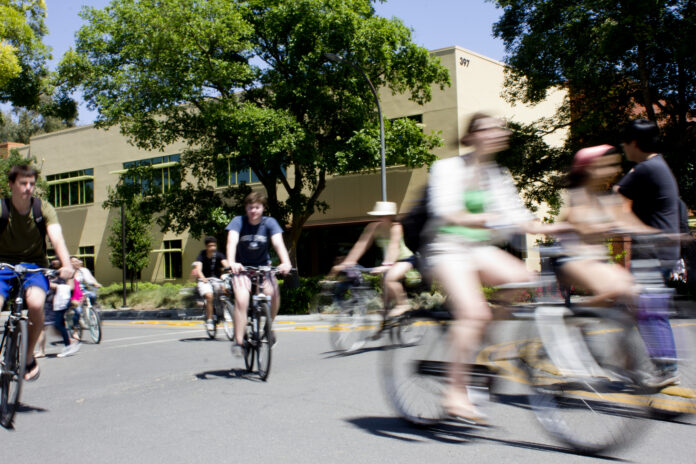Plans for enrollment management and physical expansion of UC Davis are in the making to achieve the goals of the 2020 Initiative.
The 2020 Initiative, introduced by Chancellor Linda P.B. Katehi in November 2011, provides a set of goals for the university, which includes adding 5,000 undergraduate students and at least 300 new faculty members by the year 2020.
With these changes come big plans on achieving and accommodating the goals laid out in the initiative.
UC Davis will attempt to admit 5,000 new undergraduate students without sacrificing the standards of quality it expects from its applicants.
“The undergraduate admissions goals and enrollment targets for each year are based upon a number of campus considerations, such as college capacity, facilities, academic and student support services/resources, and current enrollment,” said Lora Jo Bossio, associate vice chancellor of Student Affairs, in an email interview. “As we move forward with the 2020 Initiative, these same factors will be examined closely each year as we strategically increase our undergraduate admissions goals and enrollment targets.”
The majority of these new students will be out-of-state and international students. According to Ken Burtis, the campus lead on the 2020 Initiative and enrollment management chair, the recruitment of these students is part of an effort to create a more diverse experience on campus. Supplemental tuition — Californians currently pay $13,877 in tuition while non-residents pay $36,755 — will be used to support the goals of expansion set forth in the initiative.
“For decades UC has not been very open to out-of-state and international students; it’s had a major California focus. People would have liked to come to UC but it hasn’t really been an option in the past,” Burtis said.
Burtis said that though the majority of growth will be from national and international students, the university still wants to maintain its accessibility to California students.
“We will not go backwards in the number of California students from the base in 2011-12,” he said.
A Holistic Review Methodology was implemented last year as part of the admissions process, and will continue to be used as more undergraduates are admitted in years to come.
“We seek to recruit, admit and enroll students who demonstrate academic excellence, who show strong social involvement, who have taken full advantage of the opportunities made available to them, and who are skilled in problem-solving, as well as talented, qualified and motivated students who have overcome the obstacles of limited educational and family resources,” Bossio said.
A large part of achieving the admissions goals of the initiative will be recruiting students.
“We are competing with universities around the world for the very best students. They’re out there so you have to hustle to get them,” Burtis said.
Along with these changes, the university is making plans to expand in terms of physical capacity to accommodate new Aggies who will be heading to UC Davis.
New housing and teaching facilities will be added to the campus.
“We have already started planning new classrooms and the first phase of an international center. Student Housing is completing a residence hall expansion at Tercero and planning additional capacity at Orchard Park and a future project at Tercero to add even more,” said Bob Segar, the assistant vice chancellor of Campus Planning and Community Resources, in an email interview.
At this point, there has been one new lecture hall confirmed to be built on campus.
“We’re starting to begin preliminary planning for a 600-seat lecture hall on California Avenue, east of Hutchison Hall,” said Gary Dahl, director of project management in Design and Construction Management.
Location and use of the buildings is a big part of planning the construction of new facilities.
“The classrooms will go in the center of the campus. We always try to create good outdoor gathering spaces and a lot of bike parking with our classrooms,” Segar said.
These plans for building and renovation are unlike those that have taken place on campus in the past because the funding is not coming from the state.
“Supplemental tuition from the additional students will pay for the cost of growth and then some,” Burtis said.
At the time of publication, the exact number of new facilities that will be added to campus has not been decided.
LAUREN MASCARENHAS can be reached at campus@theaggie.org.




